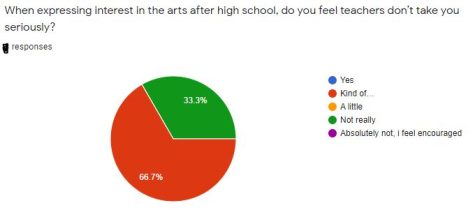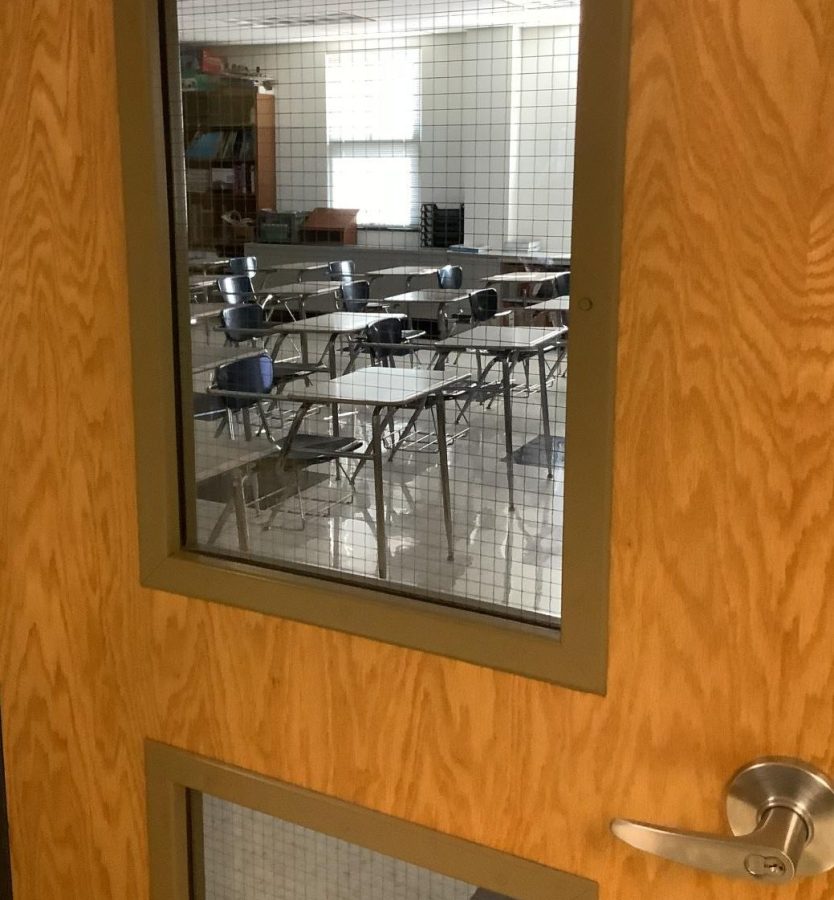School kills artists
A further study on how the industrialized-style teaching in schools affects high school students.
Picasso once said, “All children are born artists. The problem is to remain an artist as we grow up.” Today this is more relevant than ever as the educational system that kids are in, teaches them out of creativity.
According to Americans for the Arts students with high arts participation and low socioeconomic status have a 4% dropout rate—five times lower than their low socioeconomic status peers. As an artist at Norwin, 50 minute classes and standardized testing can consume one’s creative drive. Student artists in public schools face a challenging 4 years holding onto creative ambition when put through the operational curriculum of institutionalized 8-hour days, 5 days a week.
Furthermore, navigating how to use one’s talents after high school can lead to many uncertainties, especially when it seems to many that high schools do not place as much value on the arts as they do athletics and academics. This article examines the effect that Industrial-style teaching found in public schools across America has on student artists.
Educator consultant Sir Ken Robinson of England discussed how he worked to reform England’s school. He’s quoted in Business Insider, stating:
“The public education system grew as a response to industrialism. And in looking to serve the factories, schools look like factories.”
This structure of teaching may be constructive to students who thrive in a confined, strict classroom; however this structure can prove to be very discouraging to students not made to learn in this type of environment. Standardized testing is a perfect example of how schools identify what subjects students conform to, rather than what those individuals can do.
“I feel students do not realize how many jobs can be related to the Arts,” said high school AP Art teacher Mrs. Christine Satterfied. “I get the feeling students think they can only be an art teacher or an artist. There are hundreds and hundreds of jobs out there related to the Arts.”
In other words, most public schools do not give students an accurate representation of how many options there are after high school that don’t revolve around careers in STEM.
According to Drake Baer in Business Insider, he argues: “If you have a system as in the United States where there’s a 30% high school dropout rate — in the African American/Latino communities it’s over 50%, and in some of the Native American communities it’s nearly 80% — you can’t just blame the kids for it.”
The problem becomes that “drop-out rates reflect a disconnect between what and how schools teach and students’ interest in the curriculum.”

Between the statistics, dropout rates and responses from students there is clearly a lack of importance placed on the arts in school at Norwin and throughout the country.
A recent poll asked Norwin High School students: “What do you feel your high school lacks or accomplishes in preparing students for careers involving Fine Arts?”
“I wish the school had more focused classes… and better prepared the students with each medium, helping them develop skills that can be used in careers,” said Norwin High School senior Ashley Cramer. “I also think Norwin could do a better job educating people about careers in the art field and that the only option isn’t a ‘starving artist’.”
Through 12 years of schooling, students are required to take a certain amount of credits of “core classes” while the more creative curriculum is pushed to the side and almost discouraged.
Since school systems were created, they have been industrial and prove to only benefit a handful of students. And even as more art curriculum is added to schools, many still lack the encouragement and promise of a future in the arts beyond just high school. As Picasso said, the challenge is to remain an artist; which is hard to do in schools that kill students’ artistic drive and diminish the importance of the arts.








Leo Perry • Jan 30, 2024 at 3:22 pm
I completely agree with this! I am a high school senior and anytime I tell someone I want to be an artist they tell me to get a real degree and job first then do art. Which I understand why but it hurts the way they say it!